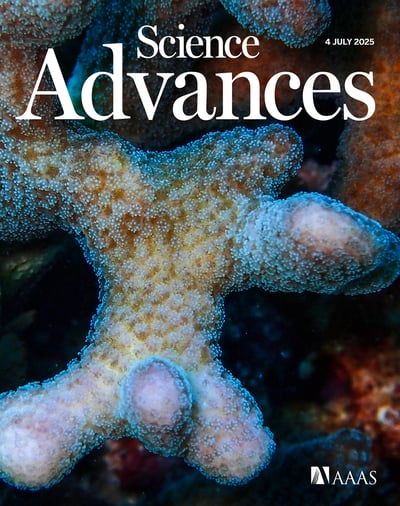Published in Science Advances, the study conducted by CNR-ISMAR and the Anton Dohrn Zoological Station adopts an innovative approach to understanding how the oceans have responded to global climate change over the last 25 years and the impact of these changes on microscopic marine organisms.
A research team involving the Institute of Marine Sciences of the National Research Council in Naples (CNR-ISMAR) and the Anton Dohrn Zoological Station in Naples (SZN) has, for the first time, applied a climate model to 3D reconstructions based on observations to understand the health of the oceans over the last 25 years: the aim was to quantify and describe the dynamics of the changes that have taken place over this period and their impact on phytoplankton and other marine organisms. The results are published in Science Advances.
The study adopted an innovative empirical methodology to identify emerging long-term behaviors in ocean dynamics and their effects on marine organisms: in particular, six fundamental physical components were examined to describe the dynamics of the surface ocean layers—temperature, salinity, depth of the surface mixed layer, energy associated with horizontal and vertical currents, energy input into the oceans by wind, and a quantitative indicator of the abundance of phytoplankton organisms, the microalgae that form the basis of the food chain and contribute to the sequestration of atmospheric carbon dioxide.
The study yielded several findings. A first consideration is that the oceans’ response to global warming affects not only surface water temperature, but also the hydrological cycle, currents, surface mixing, and, in turn, exchanges between surface and deep layers. With regard to water temperature, it has emerged that sea surface warming appears to be faster globally (approximately 0.022 °C/year instead of 0.014 °C/year) once natural oscillations, particularly those in the tropical Pacific, have been correctly isolated. In addition, some of the major ocean current systems are shifting latitudinally and vertical exchanges are intensifying, altering deep ocean water renewal and heat storage by the oceans. Long-term changes in heat and salinity content along the water column also reveal a more complex response than the simple increase in stratification associated with surface warming.
As for the consequences of the observed changes on phytoplankton abundance, these were analyzed through a geographical classification that allowed local physical factors to be taken into account.
Nardelli, B. B., & Iudicone, D. (2025). A dynamical geography of observed trends in the global ocean. Sci. Adv., 11(17). doi: 10.1126/sciadv.adq3532


